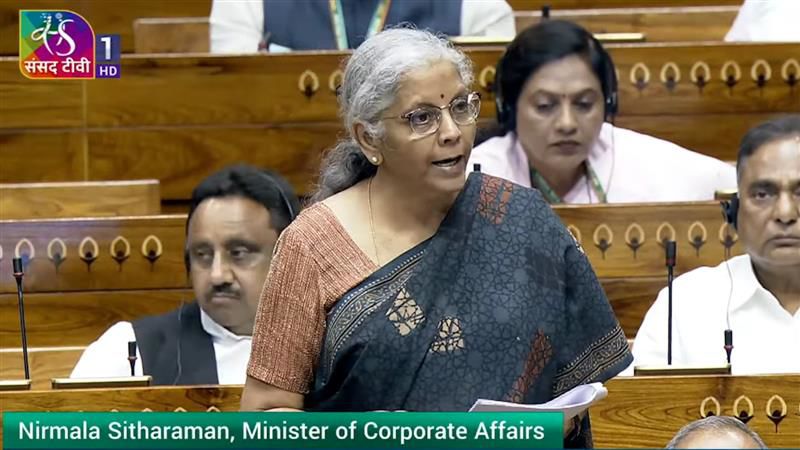India’s GDP to grow at 6.5 per cent to 7 per cent in 2024-25, says Economic Survey tabled in Parliament
Vijay C Roy
New Delhi, July 22
The annual Economic Survey for 2023-24 tabled in Parliament on Monday projected the economy in 2024-25 to grow by somewhere between 6.5 per cent and 7 per cent, depending on global factors.
According to the Economic Survey which was tabled by Union Finance Minister Nirmala Sithraman in Lok Sabha, the Indian economy is estimated to have grown 8.2% in real terms in FY24. High economic growth in FY24 came on the heels of growth rates of 9.7% and 7%, respectively, in the previous two financial years. The headline inflation rate is largely under control, although the inflation rate of some specific food items is elevated. Also, the trade deficit was lower in FY24 than in FY23, and the current account deficit for the year is around 0.7 per cent of GDP.
According to the survey, the current account registered a surplus in the last quarter of the financial year. Foreign exchange reserves are ample. Public investment has sustained capital formation in the last several years even as the private sector shed its balance sheet blues and began investing in FY22. Now, it has to receive the baton from the public sector and sustain the investment momentum in the economy. The signs are encouraging.
The survey states that the Indian economy is on a strong wicket and stable footing, demonstrating resilience in the face of geopolitical challenges. The Indian economy has consolidated its post-Covid recovery with policymakers – fiscal and monetary – ensuring economic and financial stability.
Nonetheless, change is the only constant for a country with high growth aspirations. For the recovery to be sustained, there has to be heavy lifting on the domestic front because the environment has become extraordinarily difficult to reach agreements on key global issues such as trade, investment and climate.
National income data show that non-financial private-sector capital formation, measured in current prices, expanded vigorously in FY22 and FY23 after a decline in FY21. However, investment in machinery and equipment declined for two consecutive years, FY20 and FY21, before rebounding strongly. Early corporate sector data for FY24 suggest that capital formation in the private sector continued to expand but at a slower rate.









